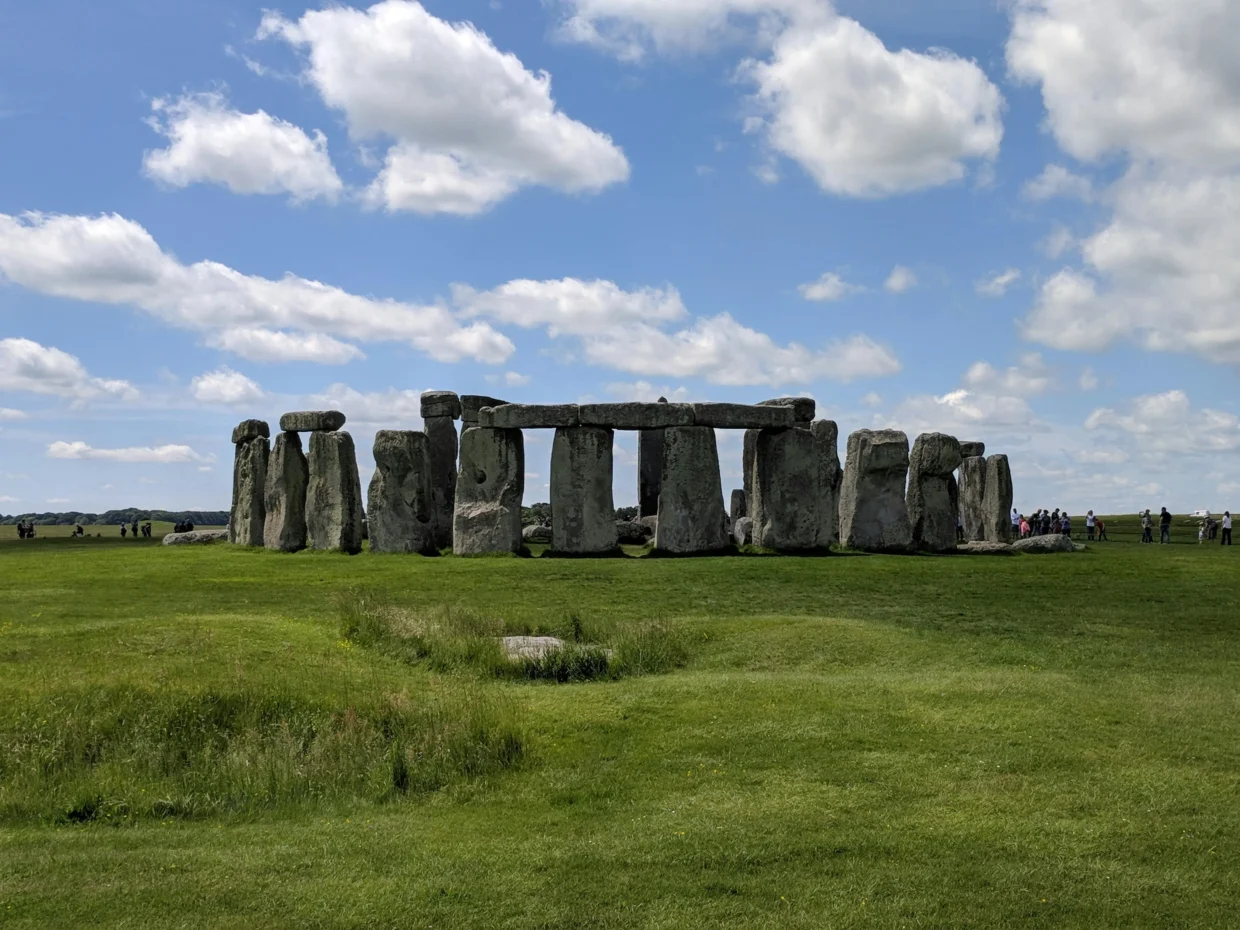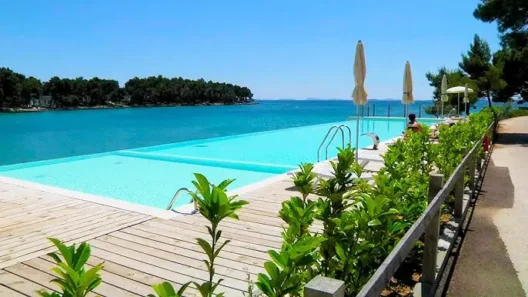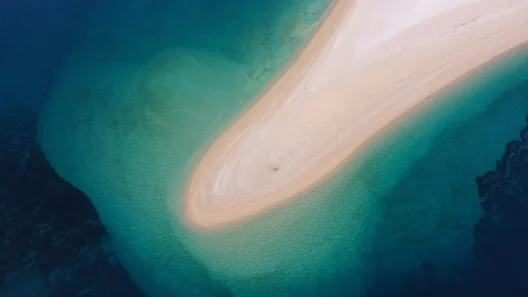Some places feel older than time itself. That’s exactly how I felt when I visited Stonehenge. Standing in the open fields of Wiltshire, surrounded by silence and a ring of massive stones weathered by thousands of years, I realized this wasn’t just a historic site. It was a story etched in stone—one we still haven’t fully deciphered.
The moment you step onto the surrounding landscape, everything slows down. The flatness of the land, the distant roll of the hills, and the eerie presence of the stones pull you in. It’s easy to forget your phone, your watch, or the ticking noise of modern life. You’re in a different rhythm—one that’s pulsed through this sacred space for millennia.
The Origins No One Can Fully Explain
Let’s get one thing out of the way: no one truly knows why Stonehenge was built. There are theories—tons of them. But no written records exist. What we do know is that its construction began over 5,000 years ago, around 3100 BCE. That’s older than the pyramids of Egypt. It wasn’t completed overnight. Instead, Stonehenge evolved in phases, each layer of its construction revealing clues, but also raising more questions.
Phase One: Ditches, banks, and the sacred circle
The earliest version of Stonehenge wasn’t made of stone at all. It started as a circular ditch with banks, and 56 pits called the Aubrey Holes. These may have held wooden posts or even stones, and later, human cremated remains were buried in them. Already, it was a sacred space. The remains suggest a place of ceremony or memory, far more than a random ring of holes.
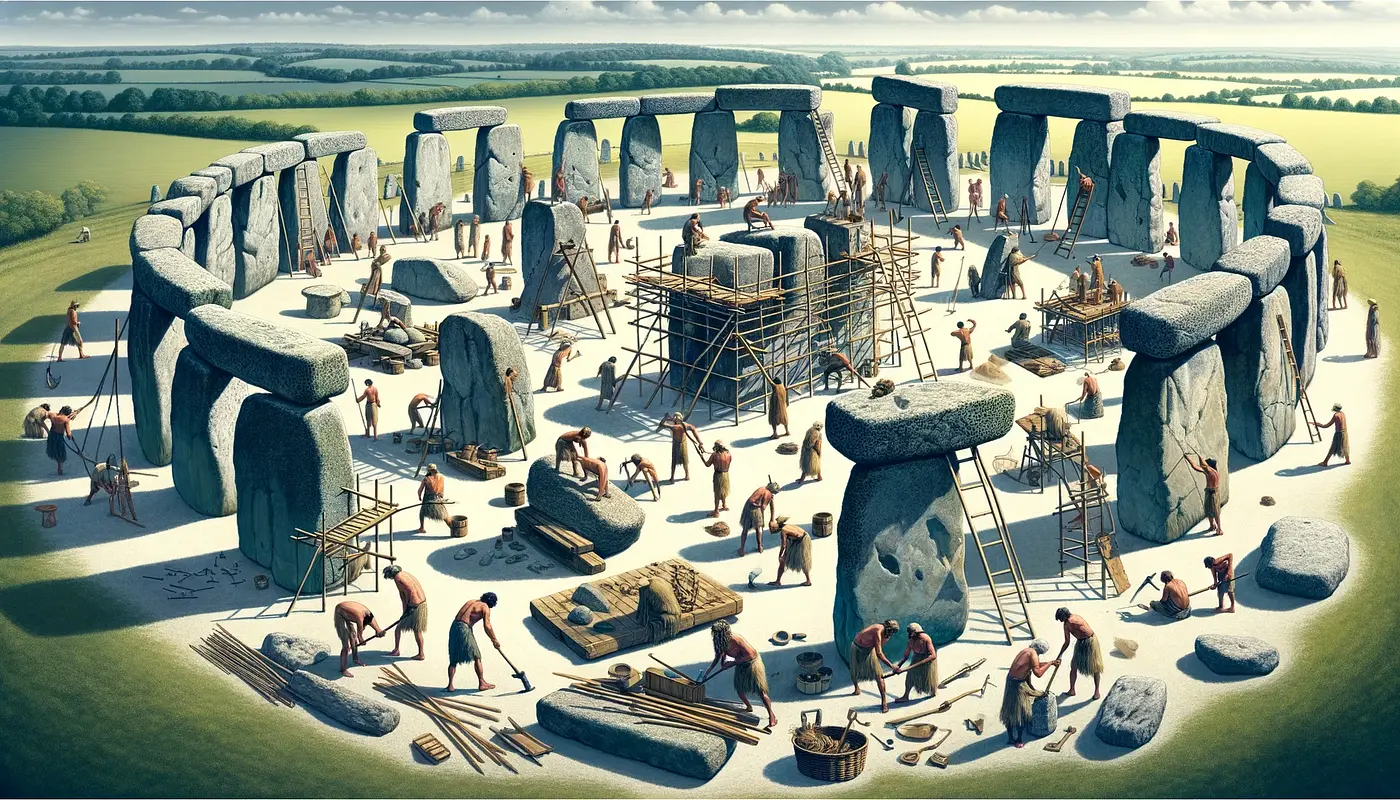
Phase Two and Three: Enter the stones
The monument we recognize today began to form between 2600 and 2400 BCE. That’s when the builders brought in two types of stones: the smaller bluestones (weighing up to 4 tons each) from Wales—some 250 kilometers away—and the massive sarsen stones (up to 50 tons), from around 25 kilometers north.
The logistics boggle the mind. How did prehistoric people transport such massive stones without wheels or steel tools? Theories suggest wooden sleds, rope, teams of workers, and sheer determination. Some archaeologists even recreated the process and proved it was physically possible—just incredibly labor-intensive. Imagine the effort: hundreds of people pulling a stone over logs, inch by inch, singing, shouting, pushing, guiding.
Then there’s the layout. The stones weren’t placed randomly. The larger sarsens were arranged in a horseshoe and outer circle. The bluestones filled in patterns that may have represented cosmological or social maps. And that’s just the visible part—beneath the surface lie more holes, alignments, and mysteries.
An Engineering Marvel Without Modern Tools
One thing I find incredible is how the builders fitted the stones together. The sarsens have joints—like wood carpentry—tenons and mortises, locking them together. Some stones were even carefully shaped to curve with the circular layout. And the horizontal stones (lintels) were placed on top of upright ones with a precision that defies logic.
Even more surprising? The top of the sarsen circle isn’t level because the land isn’t flat—but the builders adjusted the stones to create a visually balanced silhouette when viewed from certain angles. That suggests a sophisticated understanding of perspective and engineering.
It’s estimated that construction took over 30 million hours of labor. That’s not a typo. Thirty million. Generations of people—possibly over 500 years—dedicated their lives to this one vision.
What Was It For? Let’s Talk Theories
Honestly, this is where it gets juicy. Archaeologists and dreamers alike have proposed dozens of ideas. Some are plausible. Others? Not so much. And maybe, just maybe, several of them are true at once.
Astronomical Calendar
Many believe Stonehenge was an ancient observatory or calendar. Its alignment with the summer solstice sunrise and the winter solstice sunset isn’t random. On June 21st, the sun rises precisely above the Heel Stone. Some even say the layout marks lunar cycles or predicts eclipses. Evidence suggests builders tracked celestial movements and perhaps timed rituals based on the sun’s position.
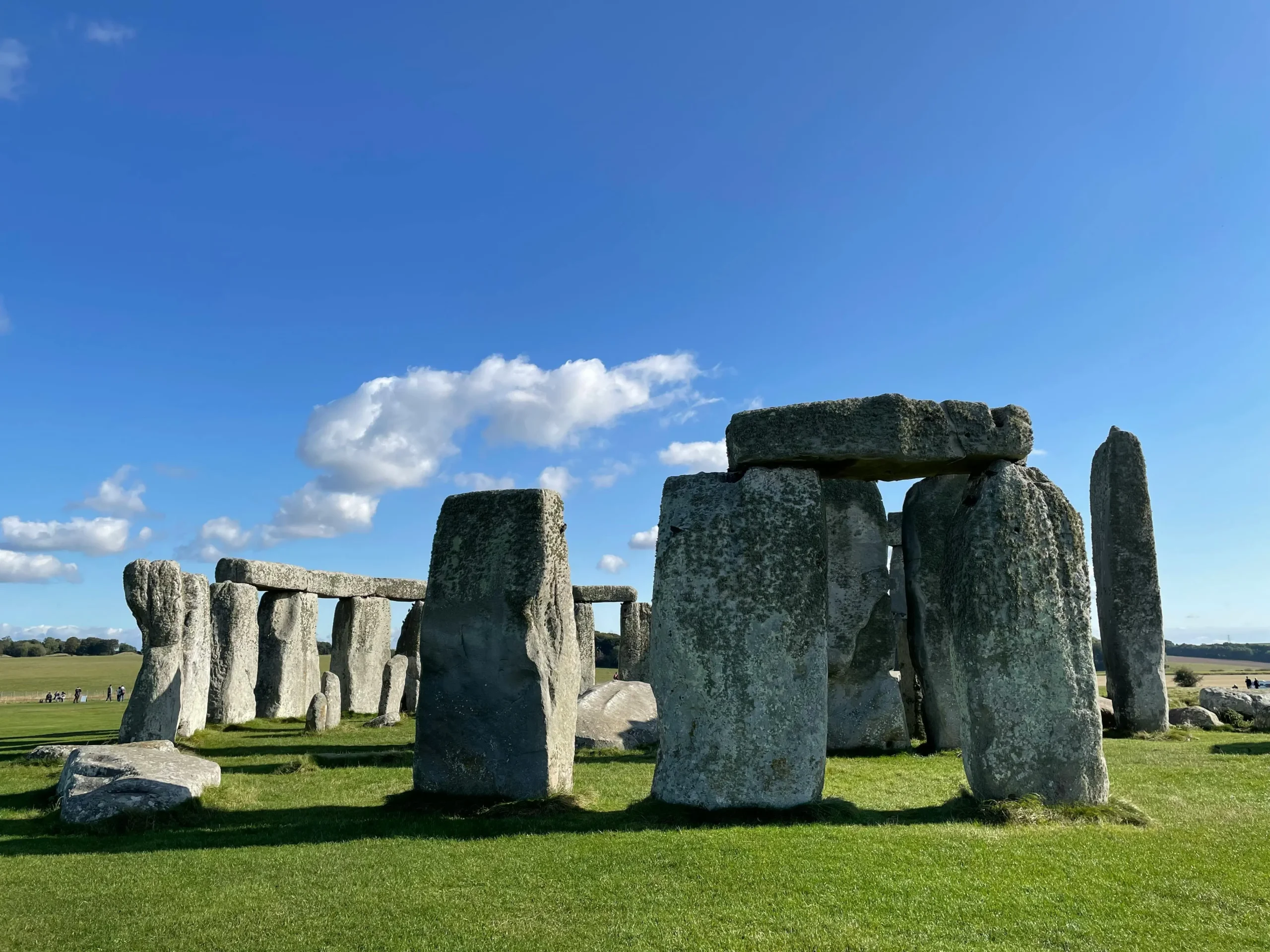
Place of the Dead
Excavations revealed cremated remains of about 60 individuals, many of them buried during the monument’s earliest phases. That’s led some to believe Stonehenge was a cemetery for elite individuals or a monument honoring ancestors. DNA and isotope analysis indicate that some of the deceased traveled long distances to be buried here—further proof of the site’s status and reverence.
Healing Center
Here’s a theory I secretly love. The bluestones brought from Wales were believed to have healing powers. Researchers found that many buried individuals had injuries or illnesses. Maybe this was a prehistoric healing pilgrimage site? Like a stone-age Lourdes. People may have walked for weeks in hope that the energy of the stones—or the rituals performed within—could cure them.
Symbol of Unity
Another modern idea suggests Stonehenge was never just functional. It was a project to bring people together. A statement of power, culture, or shared belief. Some DNA studies show that people involved in its construction came from different regions. That suggests cooperation across groups, not isolation. Imagine what that meant at a time when most communities were small and scattered.
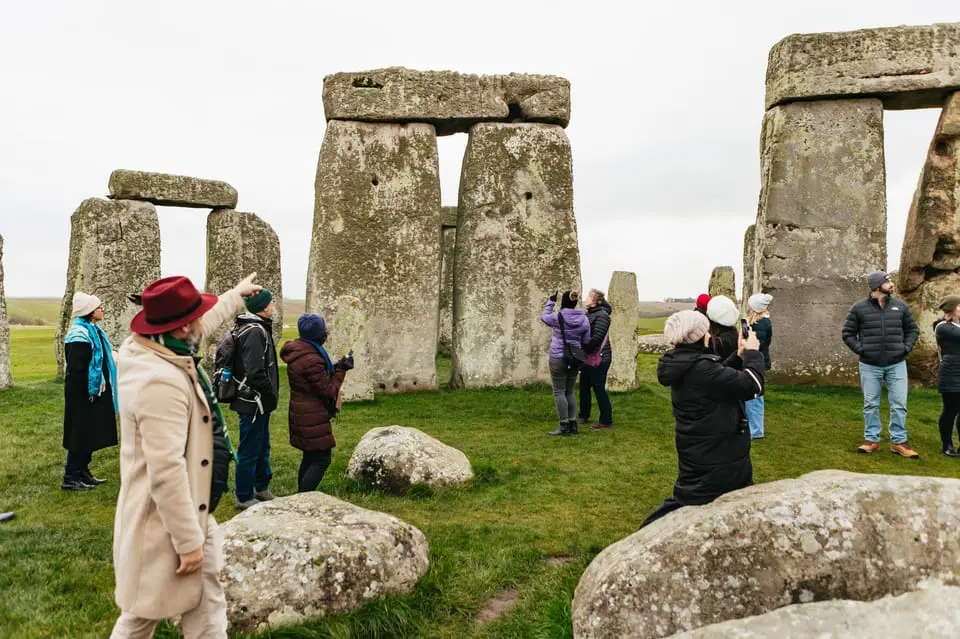
Rituals and Sound Magic
Here’s a fun fact: sound behaves strangely inside the Stonehenge circle. Acoustic tests show that chanting or music could be amplified inside while staying inaudible outside. Some scholars think this made it a perfect space for rituals meant for an inner circle only. Certain frequencies even seem to “bounce” around the stones, creating a vibrating effect.
Legends, Mysticism, and Some Weird Stuff
We can’t talk about Stonehenge without diving into the myths. Medieval writers blamed its construction on Merlin, the wizard from Arthurian tales. The story goes that he used giants and magic to transport the stones from Ireland. There are also tales of hidden powers, ancient curses, and ghostly sightings during full moons.
Fast-forward to the 20th century, and you get the UFO crowd. Some claim it’s a landing pad for aliens. Others think it encodes messages from the stars. While those ideas aren’t supported by science, they reflect just how captivating this place is. It invites imagination, speculation, and belief. And who’s to say our ancestors didn’t see it as a bridge to the divine?
Modern Relevance: Not Just an Ancient Site
Today, Stonehenge is more than a UNESCO World Heritage Site. It’s a symbol. Every year, thousands gather for solstice celebrations—druids, tourists, photographers, mystics, and curious onlookers alike. Some come to feel connected to ancient wisdom. Others just want to be part of something bigger than themselves.
You can’t usually walk among the stones (unless you book a special visit), but even from a distance, the energy is palpable. I didn’t expect to feel it so strongly, but something about that place gets under your skin. When the light hits the stones just right and the wind moves through the grass, it’s like time stops.
Efforts to protect Stonehenge continue. There’s debate over nearby road projects, tourism impact, and the need to balance access with conservation. Still, the site stands—weathered, resilient, and watching.
Strange Finds and Lesser-Known Facts
- Tools made of deer antlers were used to dig the original ditches.
- A vintage wine bottle was once found buried under one of the stones—probably left by 19th-century visitors.
- Over 10,000 unexploded shells lie in the area around Stonehenge due to historic military use of the land.
- The monument has been reconstructed and stabilized with concrete in parts—yep, it’s had modern help.
- Petroglyphs of axes and daggers carved into some stones suggest influence from distant Bronze Age cultures.
- Some stones are missing—they’ve either fallen, been taken, or never placed. The layout we see today is incomplete.
- There are smaller monuments nearby—including Woodhenge and Durrington Walls, which hint at a whole sacred landscape.
- Modern Druid ceremonies have taken place at Stonehenge since the early 20th century, with people dressing in robes to honor the solstices.
Experience the Adventure in the Stonehenge
Final Thoughts: Why It Still Matters
Stonehenge is a riddle. It has no written instructions, no firm answers, and yet it endures. Shows that long before smartphones or electricity, humans were capable of profound vision, design, and unity. It also reminds us that collaboration, imagination, and reverence for nature are timeless values.
To me, Stonehenge isn’t just about stones in a circle. It’s about the human urge to build something that lasts. Something that means something. Something that might just outlive even our best technologies. And it’s a reminder that mystery can be more powerful than knowledge.
Whether it was for stars, spirits, or stories—we may never know. But that’s okay. Sometimes, the magic is in the mystery. And Stonehenge, after all these years, still whispers its secrets to those willing to listen.
🔒 Why I Always Use a VPN When Exploring Ancient Mysteries Online
And while we’re digging into secrets that go back 5,000 years, here’s a little digital trick I use for uncovering modern ones: I never research without a VPN. Especially when I’m looking up restricted archives, museum footage, or watching documentaries only available in certain countries. BBC iPlayer, Channel 4, or even some YouTube content can block you based on where you live. Super annoying when you’re chasing knowledge.
I use NordVPN because it’s fast, reliable, and doesn’t slow me down when I’m bouncing between virtual locations. One click, and I’m suddenly “in” the UK, the US, or wherever the content lives. Plus, it keeps my connection private—because I don’t need anyone snooping on my research about prehistoric rituals and acoustic stone circles. 😅
🔗 Curious too? Try NordVPN here — it comes with a 30-day money-back guarantee and works on all your devices. Total game changer for curious minds who hate geo-blocks.








